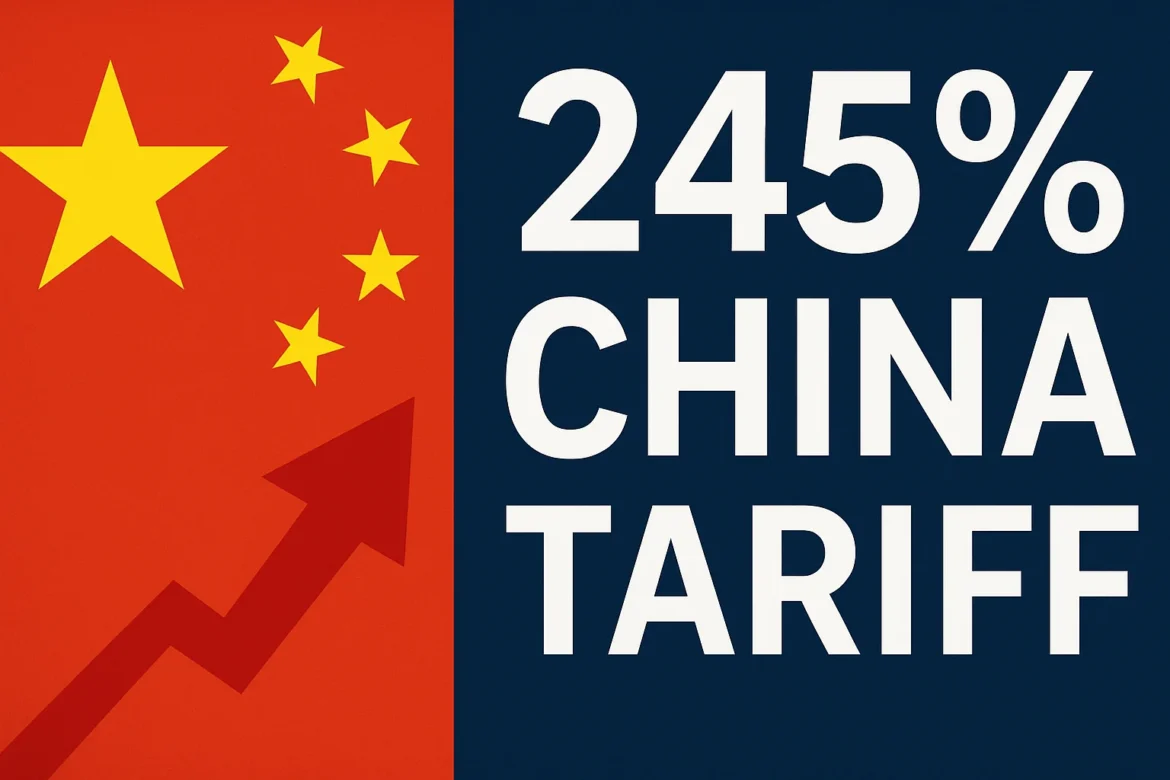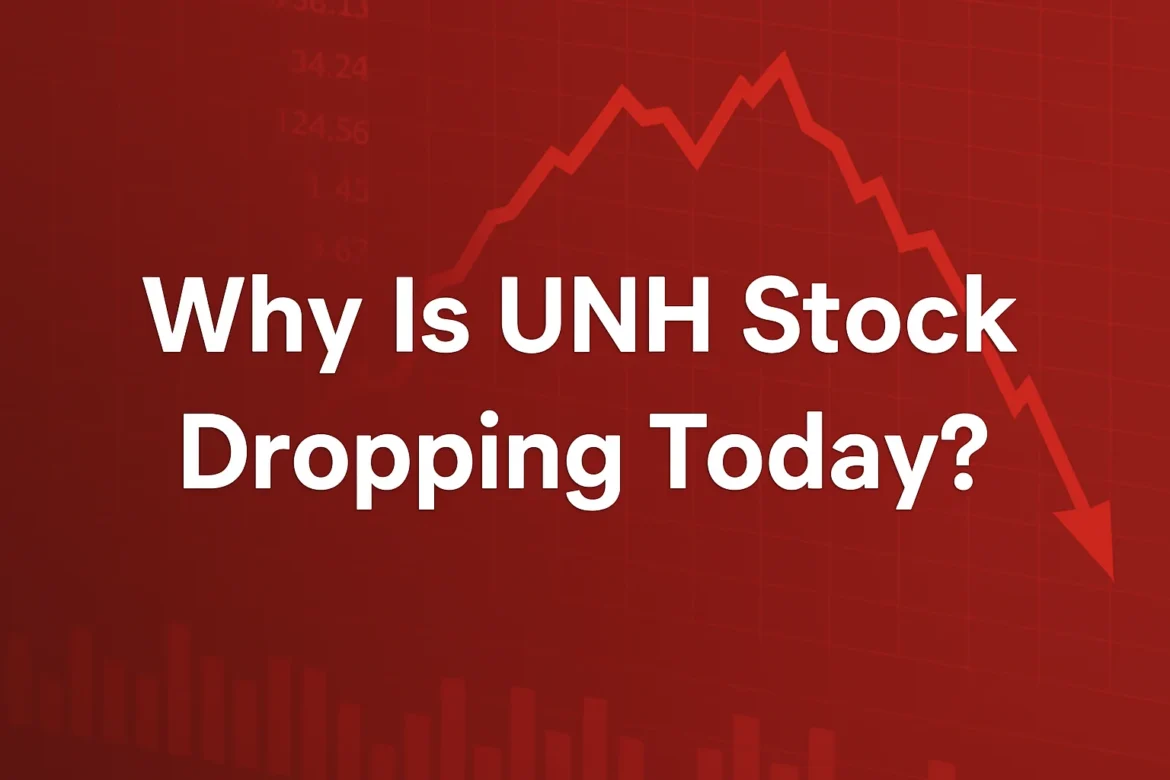Introduction: The Buzz Around the Trump China Tariffs 2025
The Trump China Tariffs 2025 have created a significant stir in global trade discussions. The 245% tariff on imports from China is poised to have far-reaching consequences, impacting U.S. industries and consumers. But what exactly are the Trump China Tariffs 2025, and will they drive up prices for American citizens?
In this article, we’ll explore the Trump China Tariffs 2025, their potential impact on U.S. consumers, and how businesses might adapt to these new economic conditions.
Understanding the Trump China Tariffs 2025 Explained
What Exactly is a Tariff?
A tariff is a tax imposed on imported goods, making them more expensive in the domestic market. The Trump China Tariffs 2025 are designed to raise the cost of Chinese goods, which could potentially boost U.S. manufacturers’ competitiveness. The intention is to level the playing field by making foreign imports less attractive to American consumers.
The Origin of the Trump China Tariffs 2025
The Trump China Tariffs 2025 are part of a larger strategy to address the trade imbalance between the United States and China. These tariffs have been a key component of President Trump’s ongoing effort to curb China’s influence on the U.S. economy, aiming to pressure China to change its trade practices. The tariffs are seen as a significant escalation in the U.S.-China trade war that began earlier in the decade.
When Were the Trump China Tariffs 2025 Announced?
The tariffs were officially announced in early 2025. While the full effects of the tariffs will take some time to manifest, the move is already having a significant impact on the markets as businesses adjust to the new reality of higher import taxes.
What Products Are Affected by the Trump China Tariffs 2025?
The Trump China Tariffs 2025 target a wide variety of products, ranging from electronics and machinery to everyday consumer goods. This means that American consumers will soon face higher prices on a range of items, particularly those heavily reliant on Chinese imports.
Why Did the U.S. Impose the Trump China Tariffs 2025?
Protecting American Industries
One of the key reasons behind the Trump China Tariffs 2025 is to protect American industries from the influx of cheaper Chinese imports. By making Chinese products more expensive, the U.S. government aims to encourage consumers to buy domestically-produced goods, thereby supporting U.S. manufacturers.
Political Motivations and Timing
The timing of these tariffs is also politically charged. The Trump administration is using them as part of its broader economic strategy to reduce the U.S. trade deficit with China and force China to make concessions on key issues like intellectual property rights and market access.
How Will the Trump China Tariffs 2025 Affect U.S. Consumers?
Will Prices Go Up?
Yes, U.S. consumers are expected to see a rise in prices due to the Trump China Tariffs 2025. As businesses face higher costs for imported Chinese goods, they are likely to pass those costs onto consumers in the form of increased prices. Products like electronics, clothing, and even food may see notable price hikes.
Industries That Might Feel the Heat
Certain industries are more vulnerable to the Trump China Tariffs 2025 than others. Let’s take a closer look at which sectors are most likely to be impacted.
Tech & Electronics
Tech products, such as smartphones, laptops, and home electronics, are among the most vulnerable to the Trump China Tariffs 2025. Many of these items are manufactured in China, so the increased tariff could lead to significant price increases for consumers who rely on these goods.
Auto Industry
The automotive sector is another area that will feel the effects of the Trump China Tariffs 2025. Since many auto parts are imported from China, U.S. automakers could face higher production costs, which could be passed on to consumers in the form of higher car prices.
Everyday Consumer Goods
Products such as clothing, appliances, and kitchenware, which are often made in China, will likely become more expensive. U.S. consumers who buy these items will have to adjust to the rising costs as companies adjust to the new tariff system.
How Will China Respond to the Trump China Tariffs 2025?
Possible Retaliatory Tariffs
China is expected to retaliate against the Trump China Tariffs 2025 with its own set of tariffs on U.S. goods. This could lead to an escalation of the U.S.-China trade war, with both sides imposing higher taxes on each other’s goods. Retaliatory tariffs could affect U.S. agricultural products, machinery, and even luxury items.
Impact on Global Trade Relationships
The Trump China Tariffs 2025 will likely cause shifts in global trade. As China responds to the tariffs, other countries involved in the trade supply chain could also be affected, leading to wider economic consequences.
What Are Experts Saying About the Trump China Tariffs 2025?
Economists Warn About Inflation Risks
Many economists are concerned about the potential inflationary effects of the Trump China Tariffs 2025. With higher prices for many imported goods, consumers are likely to see an increase in the cost of living. The long-term impact could include rising inflation, which would put a strain on U.S. families.
Political Analysts See It As a Strategic Move
While some economists are worried, political analysts believe that the Trump China Tariffs 2025 are a strategic move designed to force China to make significant trade concessions. By applying economic pressure, the U.S. hopes to secure better terms in trade negotiations with China.
Is This a Repeat of the Trade War?
Comparison With Trump’s Previous Tariffs
The Trump China Tariffs 2025 are a continuation of the tariffs imposed during the earlier phases of the U.S.-China trade war. However, this new set of tariffs is more aggressive, and it could have a more significant impact on the global economy. While previous tariffs were a warning shot, the Trump China Tariffs 2025 could be a more decisive move.
Lessons Learned from Past Tariff Wars
The Trump China Tariffs 2025 are a reminder of the risks involved in trade wars. While they may achieve short-term political goals, past trade wars have shown that they can lead to higher consumer prices and long-term economic instability.
What Should U.S. Consumers Expect Next?
Preparing for Price Hikes
Consumers can expect prices to rise due to the Trump China Tariffs 2025. It may be wise to prepare for these price hikes by making purchases ahead of time or seeking alternatives to products that are heavily affected by the tariffs.
Watching Market Trends
Keeping an eye on market trends will help consumers stay informed about price changes. As companies adjust to the new tariffs, some may find ways to offset the costs, while others may not.
Conclusion: Are the Trump China Tariffs 2025 a Smart Move or a Gamble?
The Trump China Tariffs 2025 are a bold economic move, but whether they will prove to be effective remains uncertain. While they may help protect U.S. industries and encourage domestic production, they could also lead to higher prices for consumers and disrupt global trade. Only time will tell if this gamble will pay off.
FAQs
1. What items will become more expensive due to the Trump China Tariffs 2025?
Items such as electronics, vehicles, and consumer goods manufactured in China will likely see price increases due to the tariffs.
2. When will the Trump China Tariffs 2025 go into effect?
The tariffs are expected to be fully implemented by mid-2025, with gradual effects on prices as businesses adjust.
3. Will this affect small businesses in the U.S.?
Yes, small businesses that rely on affordable Chinese imports may face higher costs, which could be passed on to consumers.
4. Are the Trump China Tariffs 2025 permanent?
The tariffs are not permanent and could change depending on the results of future trade negotiations between the U.S. and China.
5. How can consumers protect themselves from price increases?
Consumers can prepare by planning purchases in advance, considering alternatives, and supporting U.S.-made products when possible.
Outbound Links Added:
Related Article:

